What Is Barrel Aged Coffee?
As a former barista, trust me when I say I drink a lot of coffee. But even I find it difficult to keep up with coffee trends.
One coffee trend that is worth the hype? Barrel-aged coffee.
Maybe you enjoy flavored coffee but want to avoid artificial ingredients. Maybe you love the caramel undertones of bourbon. Either way, barrel-aged coffee beans might be your new best friend.
Let’s take a look at this innovative new way to craft flavored coffee. In this article, I’ll explain what barrel-aged coffee is, how it’s made, and what it tastes like.
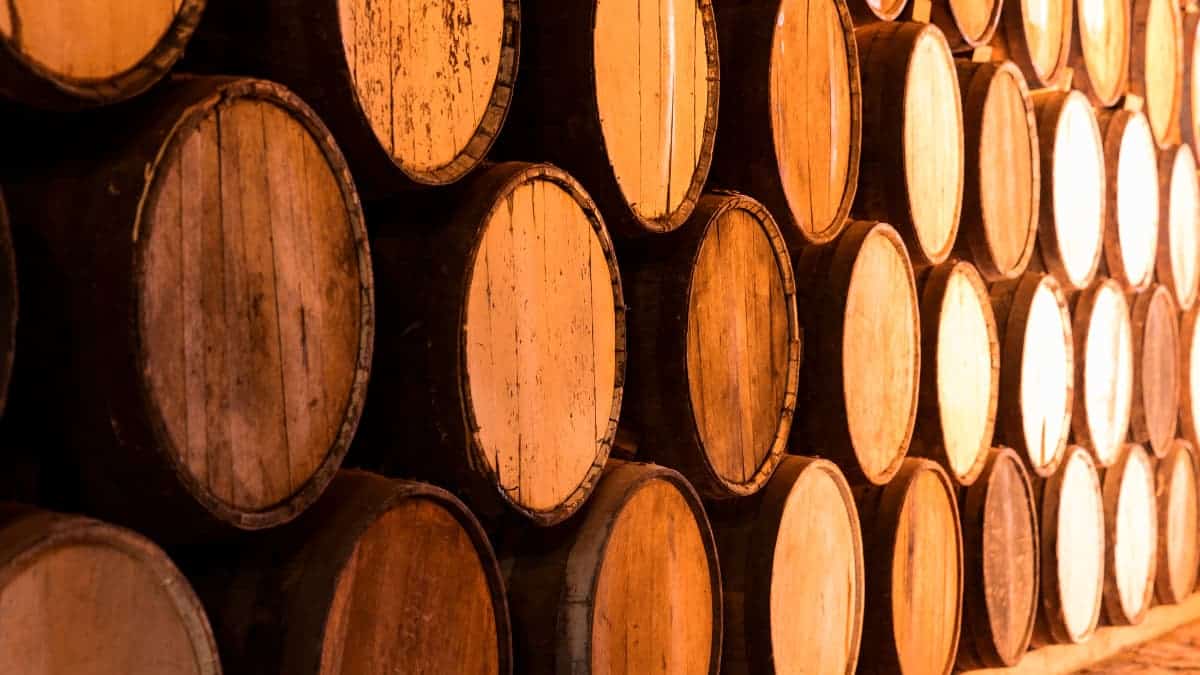
How Is Coffee Aged In Barrels?
Making barrel-aged coffee is a delicate and time-intensive process.
The first step is placing the green coffee beans inside an empty barrel. The kind of barrel varies depending on what flavors the roaster hopes to evoke. Roasters will use charred oak barrels to absorb woody flavors. Barrels once used to age liquors will impart other flavors.
Roasters then leave the beans in the barrel for about two to three weeks. Determining the exact time is a precise art.
You want enough time for the beans to absorb the flavors and aromas left over in the barrel from the liquor. But if the beans rest for too much time, you risk the absorbed flavors becoming overbearing.
Some processors use an extended aging process, intentionally leaving oxygen in the barrel. Oxygen helps the coffee beans absorb and develop flavors. They will also turn the wooden barrels to ensure even flavor absorption.
The roasters then remove the beans from the barrel and prepare to roast them.
The roasting process for barrel-aged beans is the same as regular green coffee beans. But it becomes an even more delicate art than usual.
Roasters are attempting to evoke the best of both worlds. They want to preserve the inherent origin flavors. But they also want to showcase new flavors imparted on barrel-aged coffee beans.
A medium roast is usually best to achieve this balance. A successful roast produces a coffee naturally flavored with boozy spices and wood.
The tasting notes will vary depending on the barrel’s wood type and previous contents. American White Oak will impart different flavors than French Common Oak. And a barrel that first held bourbon will carry different flavors than a former wine barrel.
This range is important to consider when you’re shopping for barrel-aged coffee. Not all beans are aged the same way.
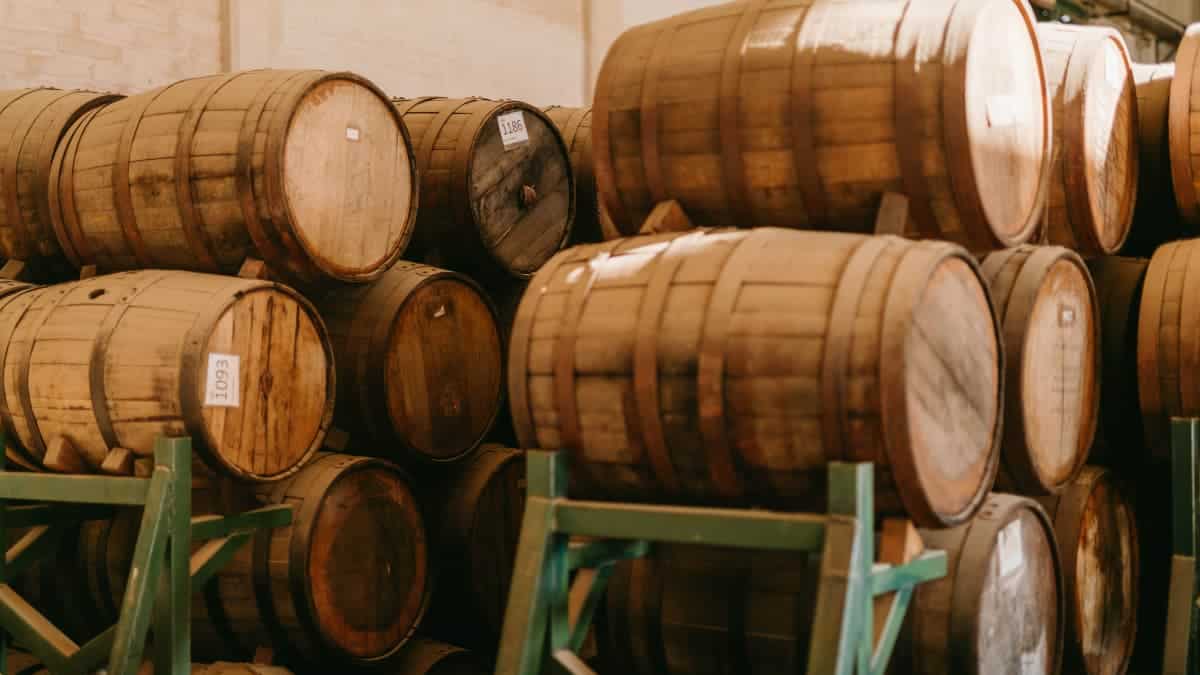
Which Coffee Can I Brew With Barrel-Aged Coffee Beans?
The short answer: any kind you want!
Raw coffee beans absorb new and delicious tasting notes as they age in a barrel. These flavors will shine through no matter which method you use to brew them.
But if you want to get specific, two methods will really showcase the flavors.
The first is the cold brew method. To make cold brew, you steep coffee in cold, filtered water for 12 hours.
This lengthy water-to-grounds contact time comes with two benefits. One, it extracts a lot of flavors from the coffee bean. Two, it allows bitter and acerbic compounds to mellow. The result is a smooth brew with loads of flavor.
The second method I recommend trying is espresso. Because espresso is so concentrated, the inherent flavors often become more noticeable. Plus, this brewing method particularly develops the aromas of the coffee.
Beyond those two recommendations? You can use any method to brew barrel-aged coffee beans.
If you buy pre-ground barrel-aged coffee beans, try matching the brew method to the grind size. The back of the coffee bag might offer specific recommendations.
But any way you brew it, barrel-aged coffee beans are amazing. The important thing is that you choose a method you enjoy.
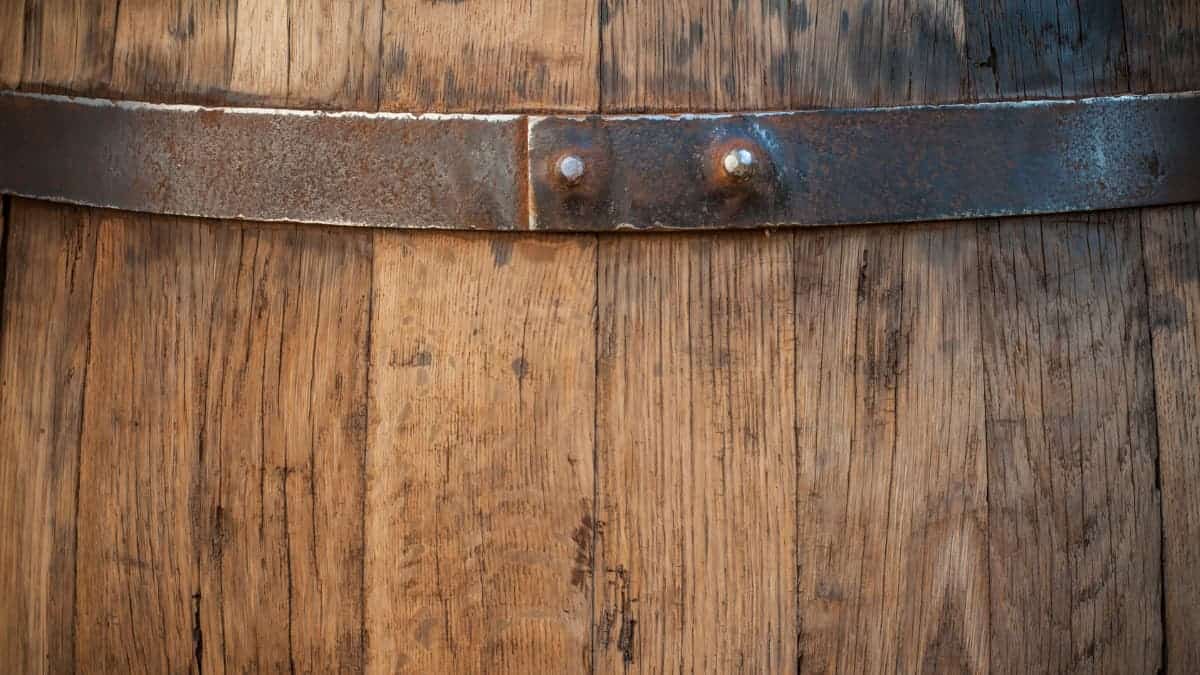
Starbucks Whiskey Barrel-Aged Coffee
Often the leader in coffee trends, Starbucks now offers barrel-aged coffee. But there’s a catch. They only brew this specialty flavored coffee at their Starbucks Reserve locations.
You can find Starbucks Reserve Roasteries in six cities worldwide. These locations offer what is arguably another coffee trend: the coffee experience.
Starbucks Reserve coffee bars serve rare coffees, including barrel-aged coffee. The specialty beans age in whiskey, wine, or other spirit barrels. The method gives the coffee a unique, delicious flavor.
Starbucks then roasts and brews these beans to a high standard. The final products come in tasting flights. You get not just a fantastic cup of coffee but a fantastic experience.
If you want to brew these beans at home, you can order a bag from a Reserve coffee bar. Otherwise, you can find these beans at 1,500+ Starbucks locations.
Keep an eye out for a proprietary whiskey-aged Guatemalan coffee that is superb. (The raw beans age in Knob Creek Kentucky Straight Bourbon Whiskey Barrels.) You can buy a bag at their headquarters or the Reserve location in Milan.
The beans have a mellow sweetness. Not to mention layers of chocolate, stone fruit, and an overarching oaken note.
Starbucks recommends cold brewing for best results. But I’ve heard that you can brew a hot concentrate and pour over ice if you don’t want to wait for a batch of cold brew. The important thing is that you drink it cold to experience the best flavors.
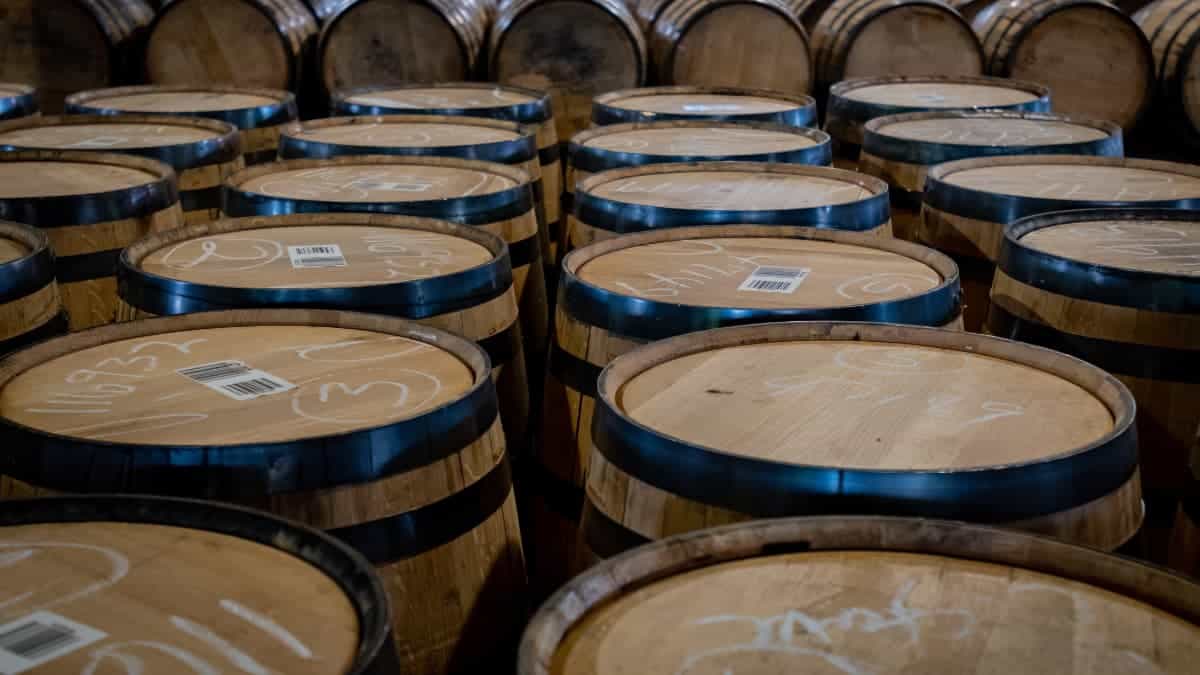
Rum vs Whiskey Barrel-Aged Coffee
Rum and whiskey barrels are two of the most popular barrels for aging any coffee bean.
Both rum and whiskey barrels impart the flavors of the spirits they aged onto the coffee beans. So if you age green coffee beans in a whiskey barrel, you’ll have a prominent whiskey aftertaste. If you age them in a rum barrel, you’ll get a rum aftertaste.
But you get more taste benefits than just booziness. Coffee from rum barrels will feature vanilla undertones and a sweeter flavor overall. Whiskey barrels will impart a smokier, sometimes nutty flavor.
Will refined tastebuds notice a whisky barrel vs a Kentucky bourbon barrel? You’ll have to sip for yourself.
What I can tell you, though, is that the wood type definitely makes a difference.
Whiskey and rum distillers alike use charred white oak barrels. But you sometimes see rum aged in acacia wood.
These wood types have different porosities. This means that they let different amounts of oxygen into the barrel. And oxygen plays a significant role in how the flavors develop in the beans.
As I said before, the brewing method doesn’t make a huge difference. Doesn’t matter if your beans have aged in a rum barrel or a whiskey barrel. Focus on the way you enjoy drinking coffee.
If you’re undecided, the cold brew method can extract more of those inherent coffee flavors.
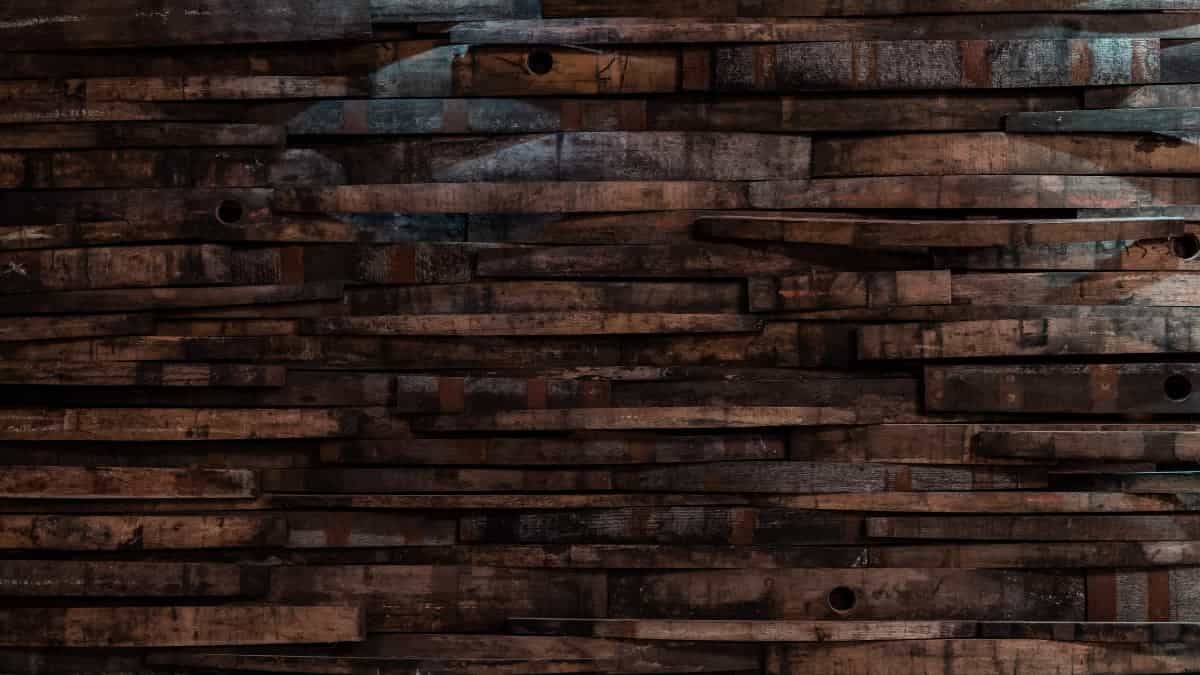
Wrapping Up: Coffee Barrel-Aged Beans
To make barrel-aged coffee beans, roasters age green coffee beans in barrels. Most roasters use barrels that previously contained rum or whiskey.
Aging coffee in barrels is a completely natural way of making flavored coffee. Yep, it’s free from any artificial flavor.
How you roast the coffee bean plays a large role in the final flavor profile. Many people prefer barrel-aged coffee beans medium roasted. This roast profile highlights the barrel flavors without overwhelming the origin notes.
Experts recommend using the cold brew method to maximize flavor extraction. But I say it’s best to make coffee the way you like drinking coffee.
Some people might regard barrel-aged beans as just another coffee trend. But to me, it represents the coffee industry pushing the envelope on flavored coffee.
Barrel-aged coffee is, beyond a doubt, worth a try — especially for coffee lovers who like boozy flavors.

